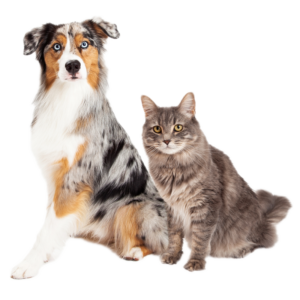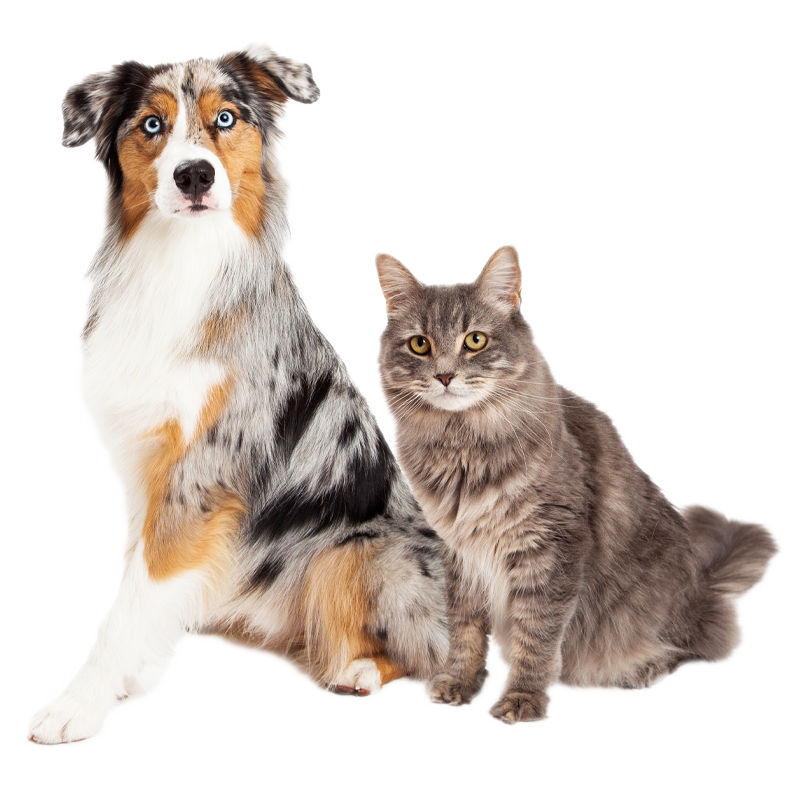Older cats and dogs, like older humans, are at risk for aged related arthritic changes. It is estimated that up to 90% of older cats and dogs have arthritic changes that are apparent on x-ray. These changes can come on gradually. Slow enough that we might not even notice until one day our dog refuses to walk up the stairs or our cat hesitates to jump into his cat tree. A complete physical exam is done when we start to notice such behaviours. X-rays can assist in this diagnosis. Once we have a diagnosis of osteoarthritis (OA) in our pet what steps can we take to provide them with relief?
Prescription non-steroidal anti-inflammatory drugs (NSAIDs) are often prescribed. Veterinarian administered Cartophen injections work to correct the underlying metabolism of OA. There are many other approaches that can be taken such as physiotherapy and acupuncture. These can provide great relief for our pets, but there are other steps that can be taken instead of or in addition to these treatments.
Nutrition can provide some relief to our furry friends in the form of mobility formulations. Most major food companies have at least one joint/mobility diet in their line. These diets are formulated with therapeutic levels of supplements such as omega fatty acids and glucosamine. The role of these supplements is to reduce inflammation in the body, thereby reducing pain.
These diets are often also calorie controlled to support healthy weight loss. Excess weight will create more stress on already achy joints. Weight loss combined with therapeutic diets and pharmaceuticals, if indicated, can all work to help make our pets more comfortable in their older years. Speak to our vets about an integrated approach that is right for you and your pet.
If you have any questions, give us a call at 902-225-7543.
Written by: 4Paws Veterinary Hospital




